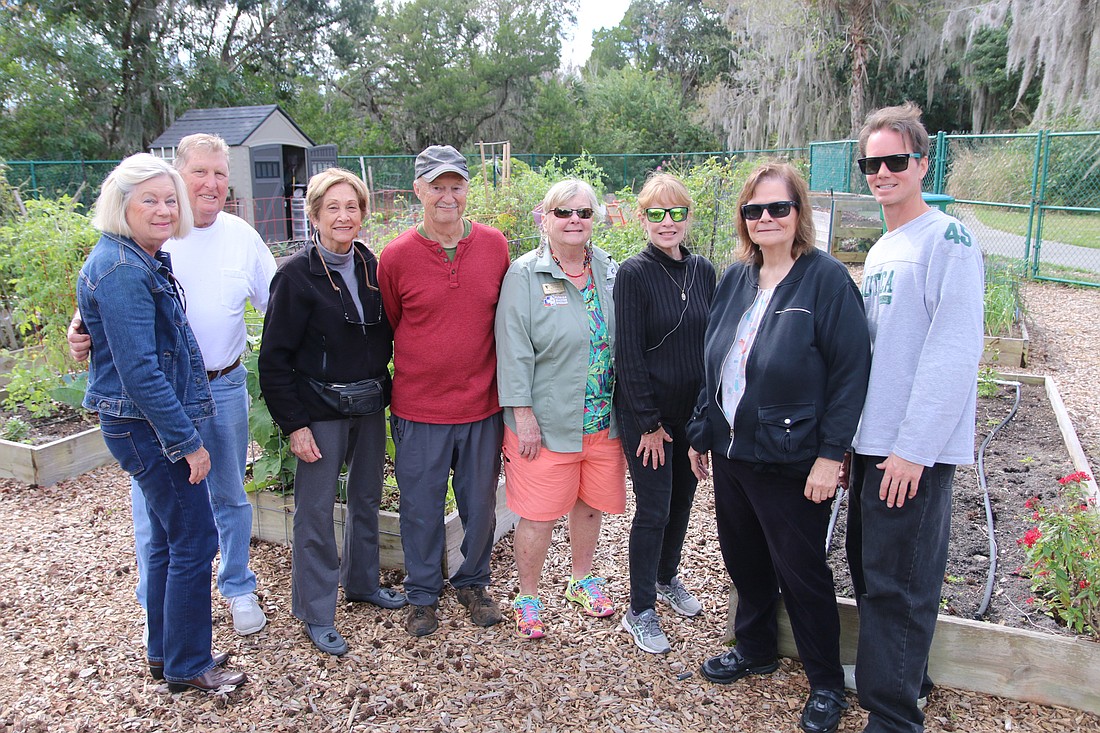- April 19, 2024
-
-
Loading

Loading

The crops in Ormond Beach resident Arlene North community garden bed change with the harvests.
January is an odd time of year, with the fall and winter crops producing the last of their fruits, and with spring still months away. North's bed at the 601 Hammock Lane community gardens in Central Park houses a mixed bag of vegetable staples: She's planted cauliflower, mustard greens, cabbage, cherry tomatoes, onions and is reaping the last of her broccoli.
But one plant that she always finds room for? Green beans. Her family loves them.
“I’ve got picky people in the family,” North said.
North is one of a handful of residents that have kept up their plot in the community gardens since their inception in 2015. The two gardens, 601 Hammock Lane and 601 Fleming Ave., house about 30 4-by-12 garden beds (including a couple raised beds) that residents may reserve for a six-month period for $15, and non-residents for $22.50. On Sunday, Jan. 26, the Ormond Beach Community Garden Advisory Board held an open house inviting the community to learn more about the gardens.
Master Gardener Russ Royce held a quick meeting to the Board and other longtime gardeners as they waited for people to arrive. He gave advice on how much fertilizer to use in the beds, as well as issued reminders on how to make sure their tomato harvests are successful. Spread the plants out and prune them, Royce said.
It's an example of the role master gardeners play in the community gardens. If anyone has questions, or if there's a new gardener, Royce makes sure he's able to help. He said he would also love to see more people congregated in the gardens beyond the duties of tending to their harvests.
“Just socialize," Royce said. "Get out and talk to people with similar interests.”
The gardens also provide an opportunity for people to explore growing their own food who otherwise wouldn't be able to. North's yard has too much shade. For residents like Rita Press who live in an apartment, the gardens offer that necessary space.
"This is the only way I can garden," she said.
This year, the city will also be providing the mushroom compost needed for all the beds, a cost that used to fall on the Board and the gardeners who wanted to help. In addition, the gardens are also continuing its Garden-to-Give Initiative, where produce is donated to the Jerry Doliner Food Bank.
The gardens are good for the community, said Master Gardener Karen Diedo. They promote a more environmentally-friendly lifestyle.
"It makes people think in a healthier way about what they eat, how they live, getting exercise — I just think it’s a much better use of land than a lot of other things that have happened around the outskirts of Ormond Beach," Diedo said.
To inquire about reserving a garden space, contact Environmental Discover Center Coordinator Duane Price at 615-7081, or at [email protected]